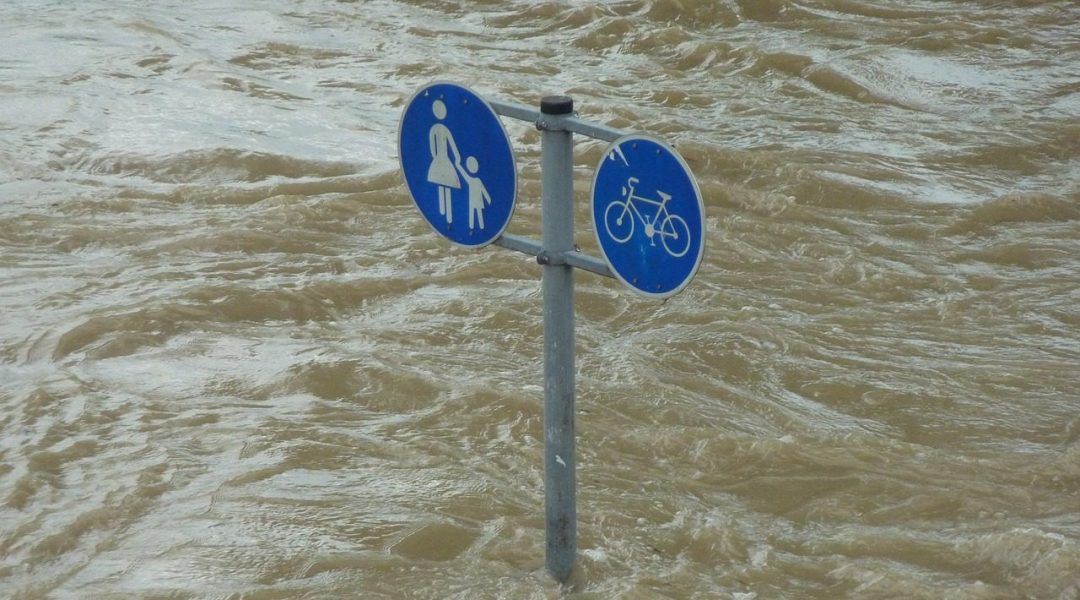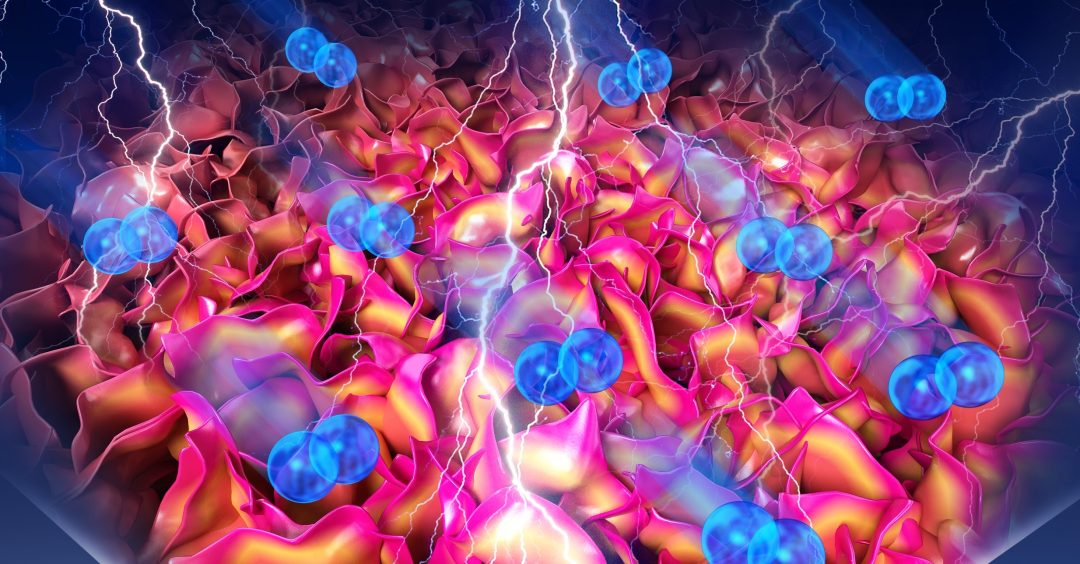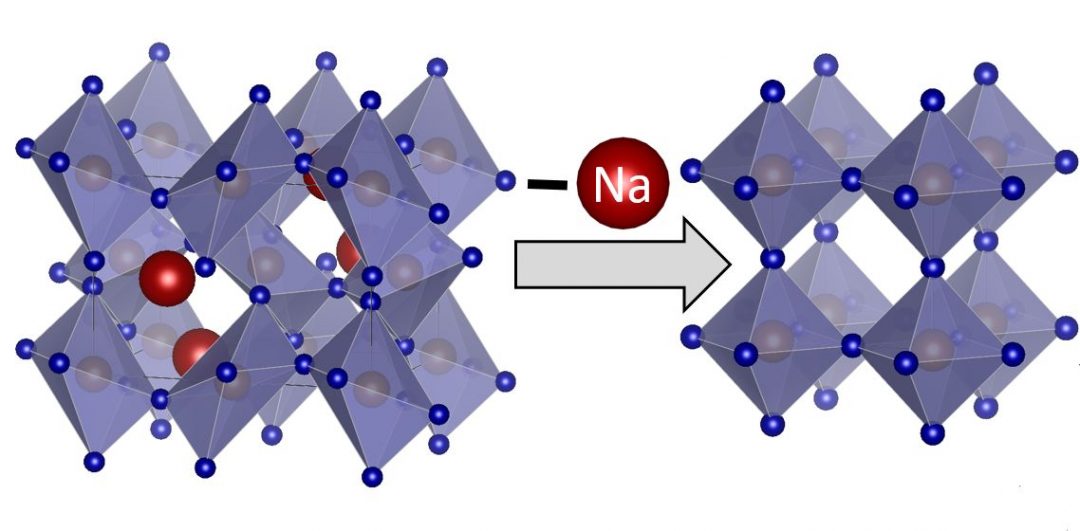Working toward a world where your smartphone can be charged by your t-shirt.


Working toward a world where your smartphone can be charged by your t-shirt.

Excellent photocatalytic activity is realized after using an ion implanter to dope titanium oxide with carbon and nitrogen.

Researchers have identify a series of ‘Big Data Approaches’ (BDAs) with the potential to shed new light on the complexities and challenges surrounding coastal flood risk management.

An exploration of how travel can also be understood as something intimately connected to historic, economic and cultural influences.

Protonic ceramic fuel cells operate in an intermediate temperature range (300–600 °C), avoiding the problems faced by other fuel cell types. Enhanced peak power densities have now been generated using a microstructured anode and a very thin electrolyte.

Precise gene editing could control weed populations.

Developing strategies to enable solar-light driven splitting of water.
There are striking similarities between the structure of natural river networks and others found in systems as diverse as brains, roads and the communication technologies. Using a series of examples, the authors illustrate how a suite of graph theory-based metrics derived from diverse disciplines can be used to provide new insights into the structure and kinematics of braided river networks.
Could stumps from managed forests provide sustainable biomass in a future bio-economy or are they all needed in the forest to support other ecosystem services and biodiversity?

Prof. Nicola Pinna and co-workers prepare a fluoride-based electrode capable of reversible insertion of lithium and sodium ions.